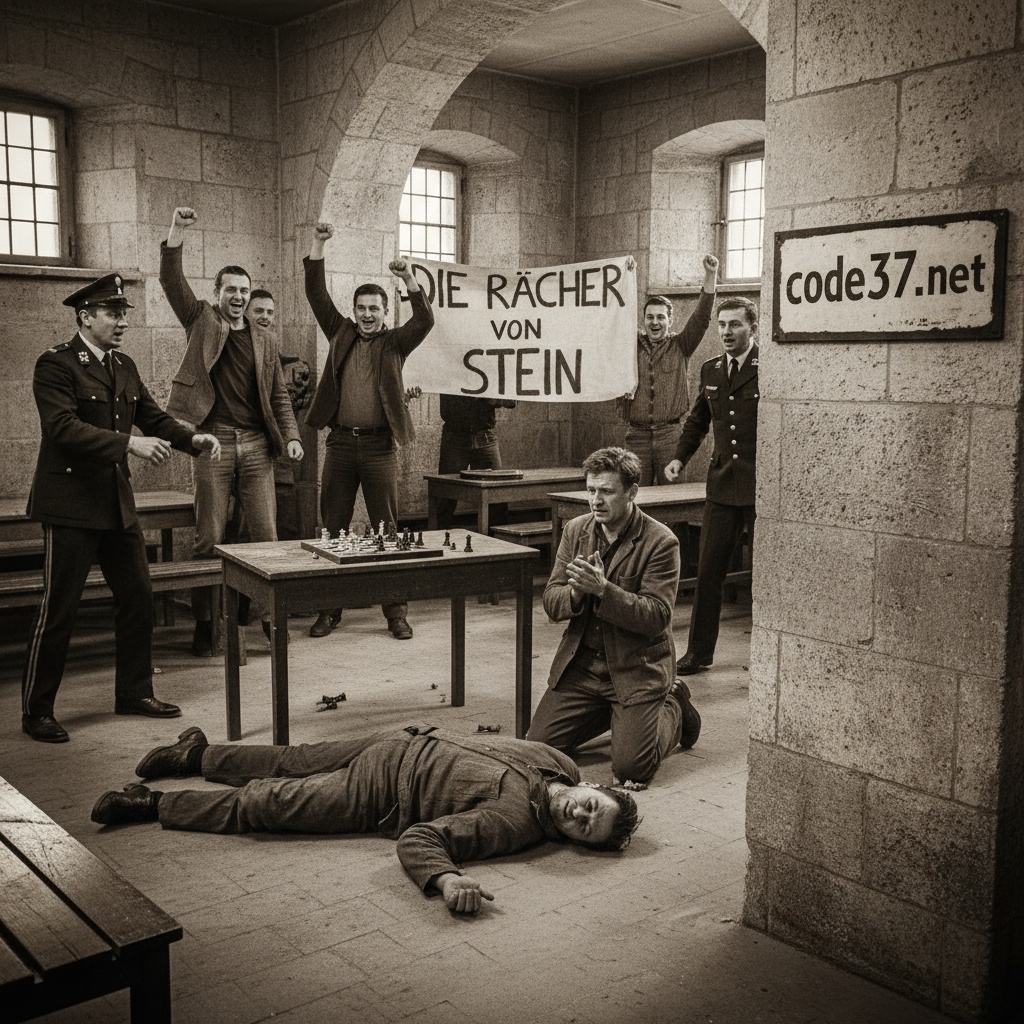
The story of Dr. von Cosel could easily have come straight out of a horror book. He was born Georg Karl Tänzler on February 8, 1877, in Dresden. In 1926, he emigrated via Cuba to the USA, where his sister was already living. His wife Anna Shafer, whom he had married in 1920, followed shortly afterwards with their two children. But just one year later, he left his wife and moved to Key West in Florida. Under the name Carl von Cosel, he took a job as a doctor of radiology and bacteriology at the Marine Hospital. Whether he had ever completed medical school and received a doctorate remained unclear. The fact is that on April 22, 1930, he met the Cuban beauty Maria Elena Milagro de Hoyos at the Marine Hospital, where she was being treated for tuberculosis. For Carl von Cosel, this encounter was fate, as his ancestor Countess Anna Constantia von Broschdorff repeatedly showed him the face of an exotic, dark-haired woman in his visions, who was his true love. The then 53-year-old Dr. Carl von Cosel believed he had found her in the 20-year-old daughter of a cigar manufacturer. From then on, he treated Elena, who was married to Luis Mesa, who had left her, at her parents’ house. He showered her with jewelry and gifts. But the young woman had no interest in von Cosel. On October 25, 1931, the US-Cuban woman died in her parents’ house of tuberculosis, which was incurable at the time. Von Cosel paid for the funeral and, with the permission of Elena’s parents, had a mausoleum built in the Key West cemetery to house the coffin containing the body of Elena Milagro de Hoyos. Von Cosel was the only one who had a key to the mausoleum, which he visited every night until April 1933, when he used a handcart to transport the young woman’s body to a wrecked airplane, where he had secretly set up a laboratory. Von Cosel later claimed that Elena’s ghost had appeared to him when he sang her a Spanish love song and she asked him to free her body from the grave. Von Cosel wired Elena’s bones with coat hangers and fitted her eye sockets with glass eyes. As her skin was decomposing, he replaced it with a silk cloth soaked in wax and plaster. He made her a wig to replace her missing hair. To keep her corpse in shape, he stuffed it with rags. He then took Elena home with him. He dressed her and used perfume, disinfectants, and preservatives to mask the foul smell of decay and slow down the decomposition of the body. He then laid her down in his bed and had sex with her. For this purpose, he had specially attached a tube-like device to her genital area. This sexual urge is known as necrophilia, which is directed towards corpses. Rumors soon began to circulate that von Cosel was keeping Elena’s corpse at his home. Her sister alerted the authorities in October 1940. They searched von Cosel’s home and discovered Elena’s body. Von Cosel was arrested. However, due to the fact that the statute of limitations for grave desecration had expired, he was released. Elena’s body was examined and displayed for several days at the Dean-Lopez Funeral Home in Key West. More than 6,800 people came to see the embalmed body. Afterwards, her body was buried in an unknown location in the Key West cemetery. Von Cosel moved to Zephyrhills to live with his sister and published his autobiography, “The Secret of Elena’s Tomb.” Carl von Cosel died on July 3, 1952, at the age of 75. He held a life-size doll in his arms that looked like his beloved Elena. He wanted to be buried with it, which is what actually happened. The doll is said to contain Elena’s bones. He allegedly bribed a cemetery employee with money to hand over Elena’s bones to him. Until his death, Dr. Carl von Cosel was morbidly obsessed with Elena.




